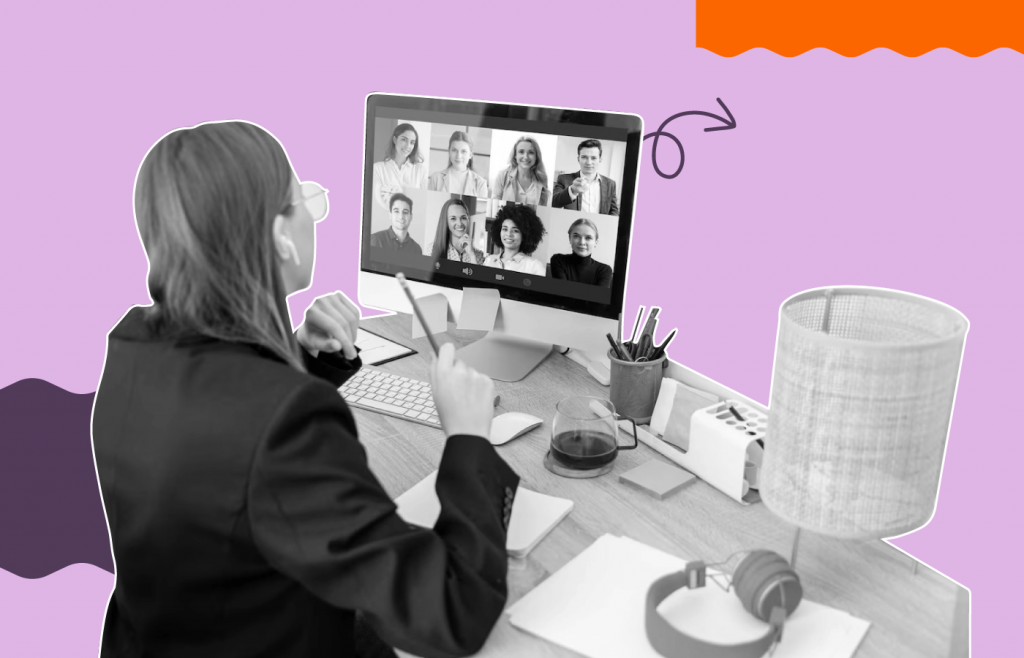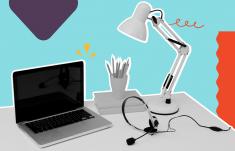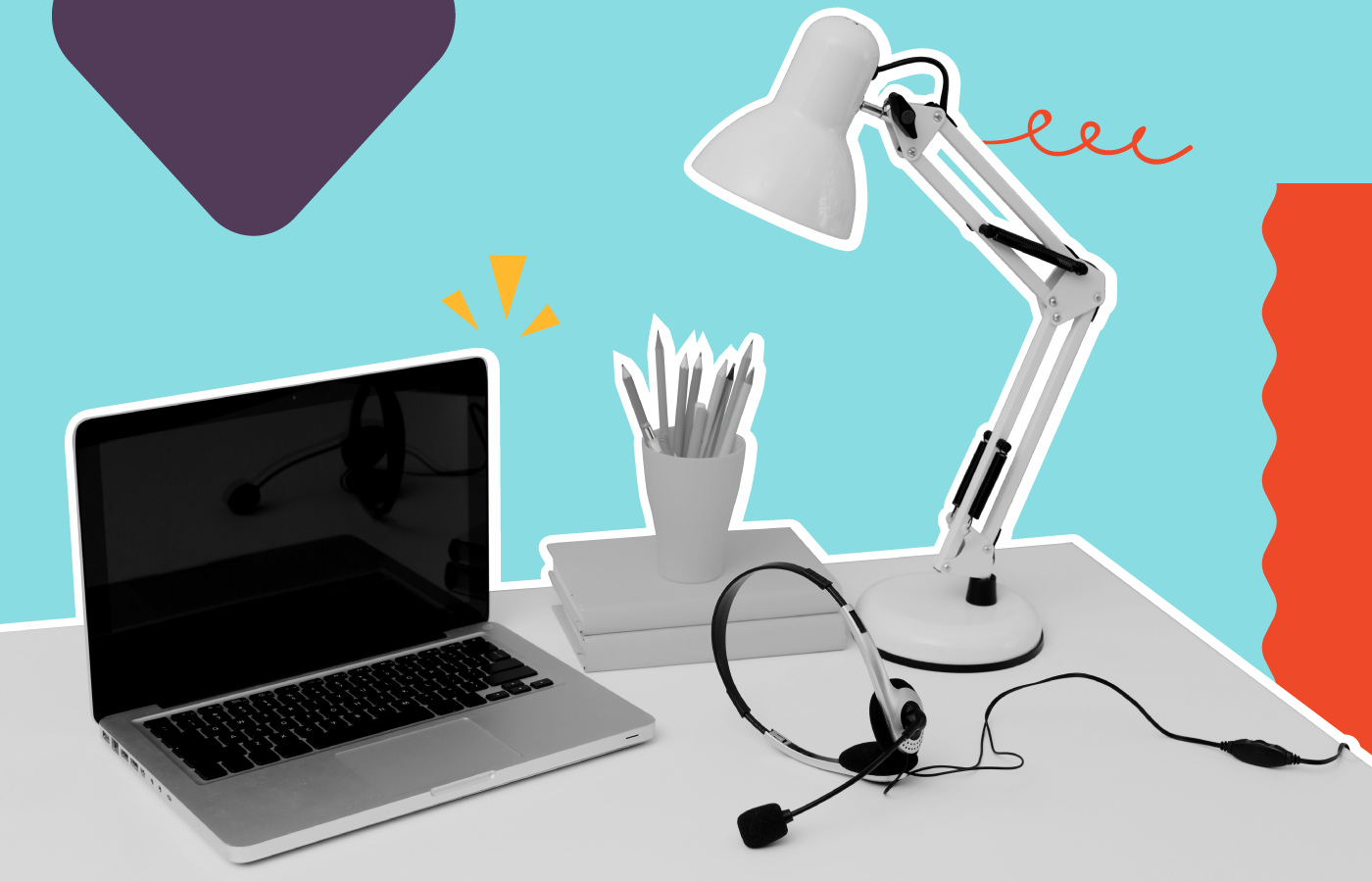1. What is Employee Screenshot Monitoring?
Employee screenshot monitoring is a method of monitoring employees that involves capturing periodic screenshots of their computer screens during work hours. This approach utilizes specialized software installed on employees' devices to take snapshots at predetermined intervals. Thus helping you, the employers, collate a visual record of employees' activities and tasks.
This monitoring method is best suited for remote teams or distributed workforces, as it allows managers to monitor and assess employee performance without constant physical oversight.
2. The Purpose of Employee Screenshot Monitoring
2.1. Ensuring Productivity
One of the major reasons why employee screenshot monitoring is implemented is to ensure productivity. By capturing periodic screenshots of employees' computer screens, you can gain visibility into their work activities and the applications they use. This helps identify potential time-wasting activities, distractions, or unproductive behaviors. With a clear understanding of how employees allocate their time, you can
provide targeted feedback, set performance expectations, and optimize workflows to maximize productivity.
2.2. Monitoring Remote Employees
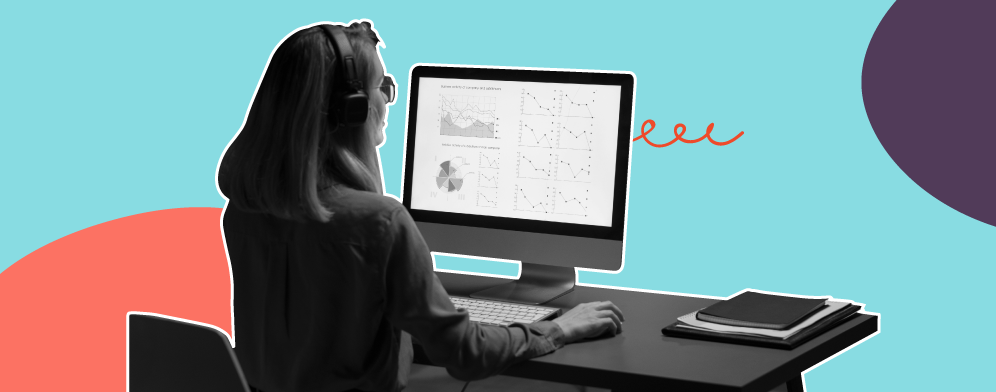
At a time when most of the workforce is either remote or hybrid employee screenshot monitoring helps keep track of what they may be working on. It offers a way a transparent way to track remote employees' work without constantly micromanaging your team. You gain access to real-time insights into remote employees' activities, progress on assignments, and adherence to work schedules thus promoting a sense of trust and accountability.
2.3. Identifying Security Risks
A critical aspect of employee screenshot monitoring is to identify and address potential security risks within the organization. The captured data can help detect any unauthorized access to sensitive information, improper handling of data, or potential breaches. This in turn can help you take timely actions to reinforce security protocols, train employees on data handling best practices, and minimize the risk of data leaks.
2.4. Improving Quality Assurance
Employee screenshot monitoring can help in quality assurance and error detection. You can easily detect any mistakes or errors in employees' work through the screenshots. This helps in ensuring that tasks are completed accurately and are in compliance with organizational standards. This is especially applicable to companies where attention to detail is critical. Some industries that can benefit from this include finance, software development, and healthcare.
3. How Does Screenshot Monitor Work?
Screenshot monitoring uses employee monitoring software that is installed on your employee's computer to periodically take screenshots of the work being done. These screenshots are then sent to a centralized database.
The process starts with installing the software on their devices. It is advised if you are looking to implement an employee monitoring policy that you also provide them with devices. Otherwise it may feel like an invasion of privacy. Once the monitoring software is installed and activated, it begins taking screenshots according to a predetermined schedule.
The captured screenshots are securely stored either on a pre-set device or sent directly to a centralized monitoring server. In cases where screenshots are transmitted to a central server, the data is encrypted to ensure the privacy and security of the information.
4. Benefits of Employee Screenshot Monitoring
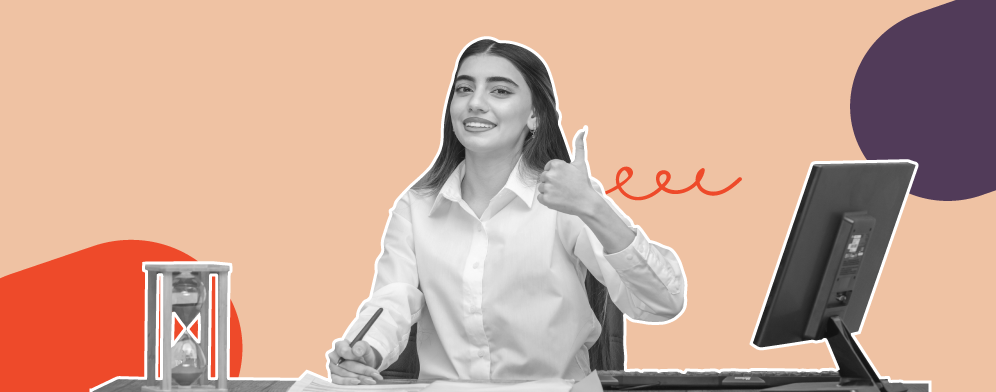
4.1. Increased Productivity
One of the biggest advantages of employee screenshot monitoring has to do with increasing productivity. By capturing snapshots of computer screens you gain insight into what they are doing and where they are spending their time. This helps weed out unproductive behaviors and identify time-wasting activities.
4.2. Compliance and Security
Protecting intellectual data is essential for every organization. By having a visual record of your employees' computer activities, you can detect any unauthorized access to sensitive information. Monitoring also facilitates compliance with data protection regulations like GDPR and CPA. All this helps you maintain a secure work environment.
4.3. Task Allocation and Resource Management
The screenshots that you collect can also help allocate tasks more effectively. This helps you optimize resource management and aids in a deeper understanding of how employees utilize their time. Another aspect of employee screenshot monitoring is that it will help you make informed decisions about task assignments.
4.4. Performance Review
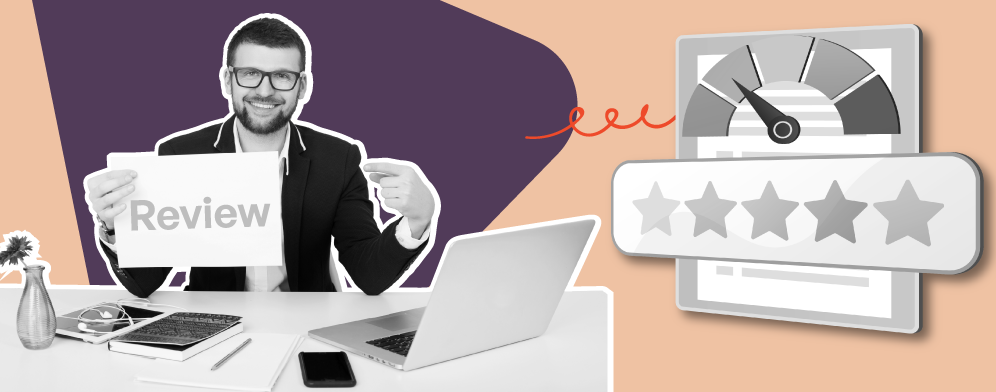
Employee screenshot monitoring provides you with unbiased evidence regarding who is performing well and who needs a bit more help. This tangible evidence can help collate performance data, so managers can evaluate employee productivity, task completion, and adherence to established goals. This in turn can help provide fair and constructive performance evaluations.
4.5. Identifying Potential Risks and Issues
By monitoring employee activities, organizations can detect potential risks, security threats, or instances of non-compliance. Enabling timely intervention and mitigating potential risks before they escalate into more significant issues.
5. FAQs
5.1. Do employees know they are being monitored?
Yes, employees do need to be informed in advance that they are being monitored. There are actually laws in place that consider it an infringement of privacy to be monitored without consent.
5.2. Can my employer see me through the camera on my laptop?
No, employers cannot see employees through their laptops with an employee monitoring software. Laptop cameras can only be accessed with the user's permission, such as during video conferencing or virtual meetings.

